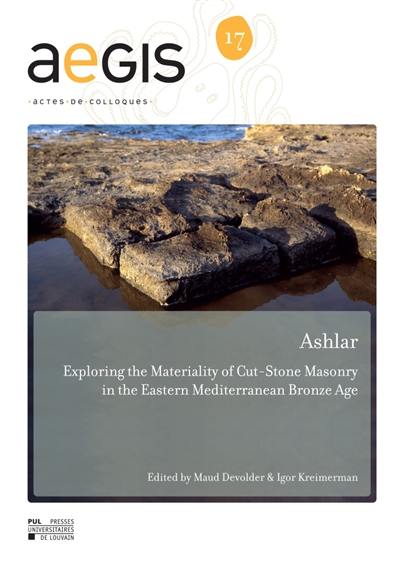
Fiche technique
Format : Broché
Nb de pages : 445 pages
Poids : 400 g
Dimensions : 21cm X 30cm
ISBN : 978-2-87558-964-4
EAN : 9782875589644
Ashlar
exploring the materiality of Cut-stone masonry in the Eastern Mediterranean Bronze Age
Quatrième de couverture
This volume focusses on ashlar masonry, probably the most elaborate construction technique of the Eastern Mediterranean Bronze Age. from a cross-regional perspective. The building practices and the uses of cut- stone components and masonries in Egypt. Syria, the Aegean, Anatolia, Cyprus and the Levant in the 3rd and 2nd millennium BC are examined through a series of case studies and topical essays. The topics addressed include the terminology of ashlar building components and the typologies of its masonries, technical studies on the procurement, dressing, tool kits and construction techniques pertaining to cut stone, investigations into the place of ashlar in inter-regional exchanges and craft dissemination, the extent and significance of the use of cut stone within the communities and regions, and the visual effects, social meanings, and symbolic and ideological values of ashlar.





